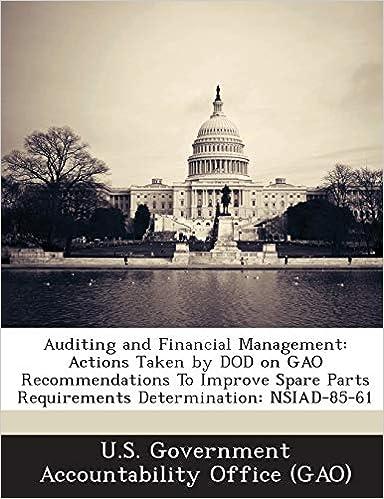
Consider the alternating-offer bargaining game with T stages, in which the players discount payoffs received in successive stages according to the discount factor . That is, the two players take turns making offers. In each stage, one of the players makes an offer, followed by acceptance or rejection of the offer by the other player. Acceptance ends the game, and the surplus is divided as agreed. Offers and counteroffers continue as long as the players reject each other's offers. For example, if the players agree in the t th stage that player 1 shall have m share of the surplus, then player 1 gets a payoff of t1m. If the offer in stage T is rejected, then the game ends with both players receiving 0 . For simplicity, assume the surplus to be divided is one unit of utility. Analyze this game by computing the subgame perfect Nash equilibrium. Start by restating the equilibrium derived in the text for T=1 and T=2. Then analyze the three-, four-, and five-period games in order. Write the payoff vectors corresponding to the equilibria of these games to reveal a pattern. Can you tell to what the payoff vector of the T-stage game converges as T becomes large? Consider the alternating-offer bargaining game with T stages, in which the players discount payoffs received in successive stages according to the discount factor . That is, the two players take turns making offers. In each stage, one of the players makes an offer, followed by acceptance or rejection of the offer by the other player. Acceptance ends the game, and the surplus is divided as agreed. Offers and counteroffers continue as long as the players reject each other's offers. For example, if the players agree in the t th stage that player 1 shall have m share of the surplus, then player 1 gets a payoff of t1m. If the offer in stage T is rejected, then the game ends with both players receiving 0 . For simplicity, assume the surplus to be divided is one unit of utility. Analyze this game by computing the subgame perfect Nash equilibrium. Start by restating the equilibrium derived in the text for T=1 and T=2. Then analyze the three-, four-, and five-period games in order. Write the payoff vectors corresponding to the equilibria of these games to reveal a pattern. Can you tell to what the payoff vector of the T-stage game converges as T becomes large







